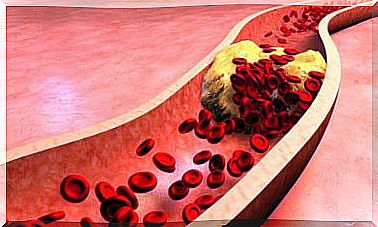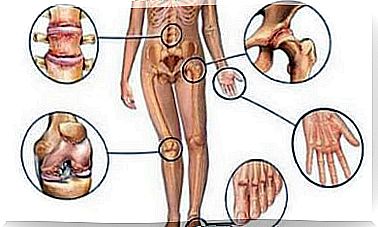What Is Methylmalonic Acidemia?

Methylmalonic acidemia is a birth defect that interferes with vitamin B12 metabolism. The body is unable to break down certain proteins and fats, resulting in an accumulation of methylmalonic acid in the blood.
The disease is usually diagnosed in the first year of life, and in Norway all newborns are tested for this disease using a blood test. Between 1 in 25,000 and 1 in 48,000 babies are born with this condition. The symptoms are evident during the infant period and vary from person to person.
Causes of methylmalonic acidemia

The cause of vitamin B12-responsive methylmalonic acidemia is a defect in adenosylcobalamin synthesis caused by mutations in the MMAA (4q31.1-2), MMAB (12q24.1), and MMADHC genes (2q23.2).
Another type is caused by a complete or partial deficiency in the activity of the enzyme methylmalonyl-CoA mutase. In this case, however, the mutations are in the MUT gene (6p21).
However, all methylmalonic acid enzymes are transmitted by following an autosomal recessive pattern of inheritance.
Symptoms
Signs and symptoms of methylmalonic acidemia may include vomiting, dehydration, hypotension, developmental delay, fatigue and hepatomegaly (liver enlargement). Furthermore, long-term complications may include:
- Eating-related problems
- Intellectual disabilities
- Chronic kidney disease
- Pancreatitis or inflammation of the pancreas
If the affected patients are not treated, they may go into a coma or even die. Those affected by isolated methylmalonic acidemia may suffer from the following symptoms, depending on the form of the disease:
Children
This is one of the subtypes of methylmalonyl-CoA mutase, and is the most common form of isolated methylmalonic acidemia. It manifests itself during childhood. Children are common at birth, but they quickly develop symptoms such as lethargy, vomiting and dehydration.
Then liver enlargement, hypotension and encephalopathy become apparent. Blood tests measure the following parameters:
- Ketosis and ketonuria
- Blood ammonia
- Severe metabolic acidosis
- Increased glycine levels in the blood
B12-responsive
This type responds to vitamin B12 and appears during the first months or years of life. Affected children may have eating-related problems such as anorexia, vomiting, hypotension and developmental delay.
In some cases, they may vomit after eating protein. Children affected by this form of methylmalonic acidemia are at risk of metabolic decompensation. This is precisely why it is so important to diagnose it and start treatment as soon as possible.
Usually, doctors do not know if a person is suffering from this metabolic disease until the first occurrence of vomiting, dehydration, lethargy or coma occurs.
Adult
Affected individuals are considered stable, but may be subject to acute metabolic decompensation. The cause of this type of methylmalonic acidemia has not been fully elucidated yet.
Treatment of methylmalonic acidemia

Patients should start treatment immediately after diagnosis. The earlier treatment begins, the better the patient will develop.
At present, diet is the mainstay in the treatment of methylmalonic acidemia. The goal of the diet-related treatment is to prevent the accumulation of substrates and metabolites associated with toxic levels.
The recommended treatments for children with methylmalonic acidemia are the following:
- L-carnitine. This substance, in addition to being safe and natural, helps the body produce energy and remove waste.
- Oral antibiotics. These drugs can help reduce the amount of methylmalonic acid in the gut.
- Vitamin B12 injections. Over 90% of CblA-type cases respond to this treatment. In addition, it helps 40% of children with the CblB type.
If you have symptoms of a metabolic disease, you should go to the emergency room or hospital. Hospital treatment includes intravenous sodium bicarbonate to reduce the acidity of the blood.
Furthermore, doctors usually administer intravenous glucose to prevent the breakdown of protein and fat stored in the body.
Prevention of methylmalonic acidemia
Medical professionals recommend a low-amino acid diet with limited amounts of protein. The diet should mainly include carbohydrates such as grains, fruits, pasta and vegetables.
People suffering from this condition should avoid contact with people with infectious diseases such as colds or flu to avoid complications.









